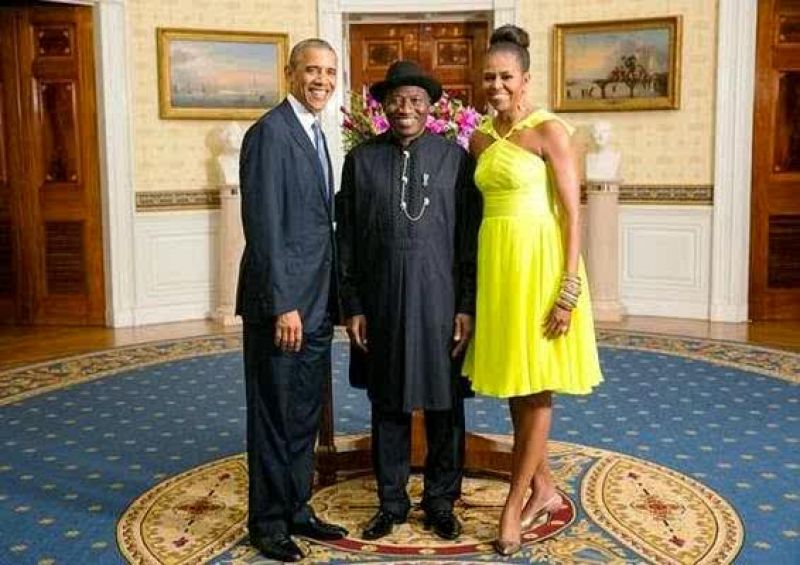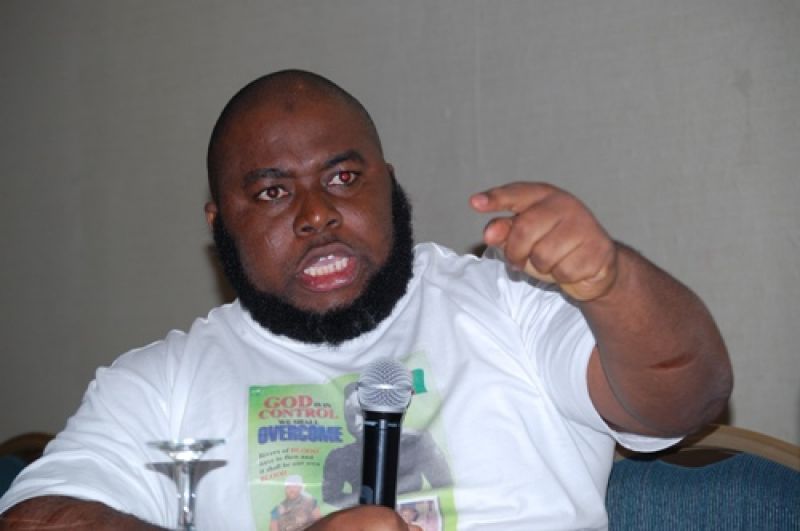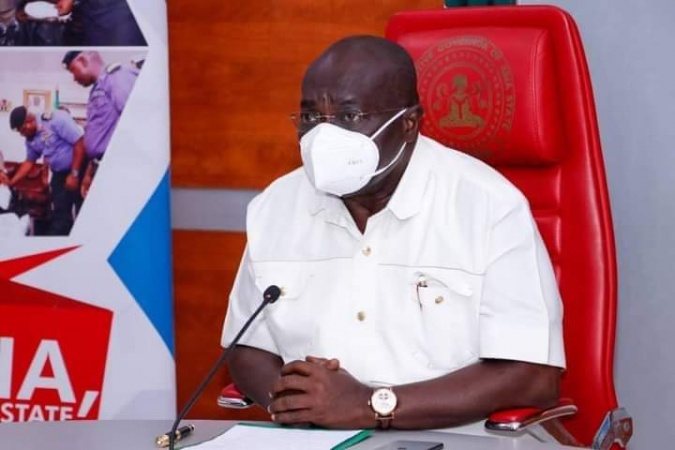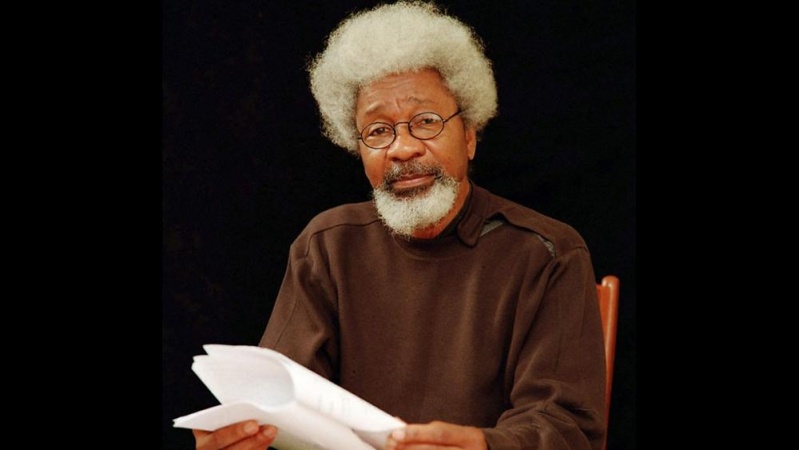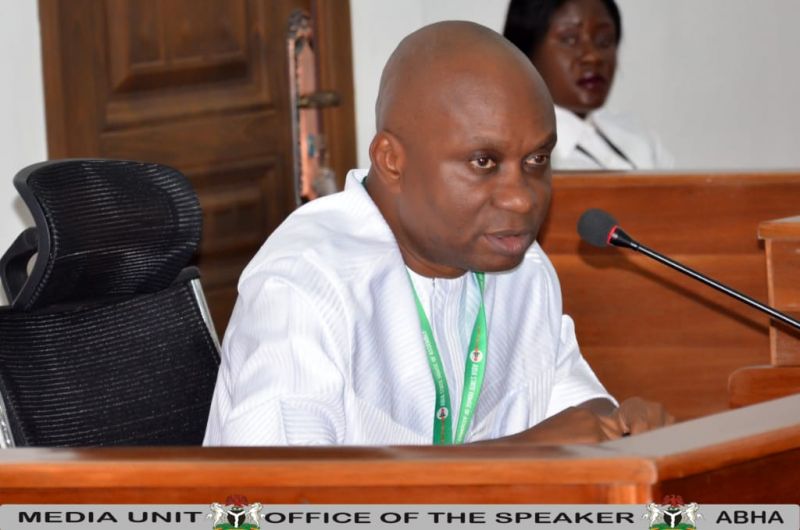Education: Why South-West and North should be worried (Feb 9, 2016)
Posted by Azuka Onwuka | 8 years ago | 2,752 times
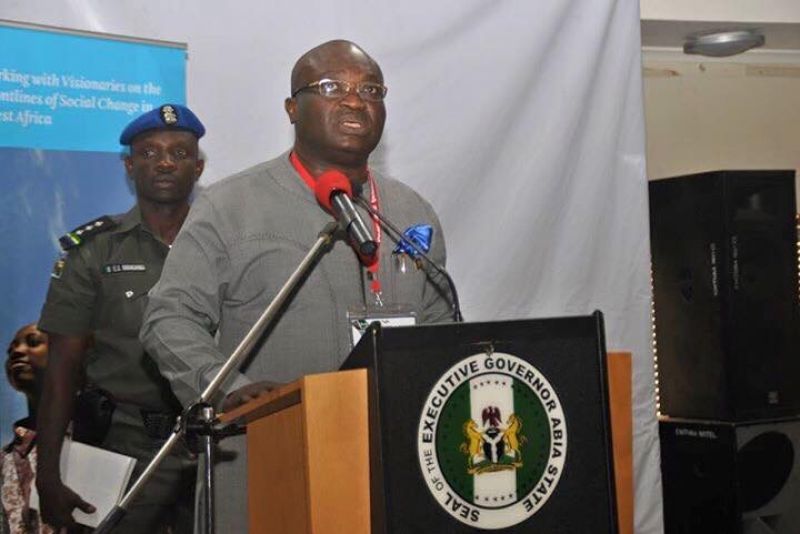
Last week, the 2015 West African Senior School Certificate of Education result was released. The Punch chose to publish the story with an attention-grabbing headline: “Again, South-East leads in the WASSCE performance chart.” The report showed that Abia State dethroned Anambra. The states were ranked according to the percentage that had a minimum of five credits, including in English Language and Mathematics.
But the surprise in the report was that almost like in 2014, no South-West state except Lagos was on the top 10 of the chart. The top 10 states were the five South-East states, four South-South states and Lagos: 1st – Abia (63.94 per cent), 2nd – Anambra (61.18 per cent), 3rd – Edo, 4th – Rivers, 5th – Imo, 6th – Lagos, 7th – Bayelsa, 8th – Delta, 9th – Enugu, and 10th – Ebonyi. Ekiti was 11th; Ondo was 13th; Ogun was 19th; Oyo was 26th; while Osun was 29th. In 2014, the top 10 states were similar: Anambra (65.92 per cent), Abia (58.52 per cent), Edo (57.82 per cent), Bayelsa (52.83 per cent), Rivers (52.78 per cent), Enugu (51.91 per cent), Lagos (45.66 per cent), Imo (40.64 per cent), Delta (40.12 per cent), Kaduna (36.12 per cent). Ebonyi was 11th with 36.05 per cent.
For 2014, the states with the least performance were Northern states: They were Yobe (36th), Zamfara (35th), Jigawa (34th), Gombe (33rd), Katsina (32nd), Kebbi (31st) Bauchi (30th), and Sokoto (29th). In 2013, the result was similar: 28th – Katsina (10.45 per cent), 29th – Adamawa (8.75 per cent), 30th – Jigawa (7.47 per cent), 31st – Sokoto (7.12 per cent), 32nd – Zamfara (6.65 per cent), 33rd – Kebbi (6.30 per cent), 34th – Gombe (5.68 per cent), 35th – Bauchi (5.28 per cent), and 36th – Yobe (4.85 per cent).
Someone from the South-East or South-South could see it as a reason for chest-thumping, but for me, it portends grave danger. Why do I say so? I will explain shortly.
Those who had not been following the trend in education could dismiss this as a flash in the pan. But it is not so. I have followed the trend since the late 1980s. From 1996 when the late military head if state, Sani Abacha, created 36 states out of Nigeria, the three states that have been producing the highest number of applicants in the examination organised by the Joint Admissions and Matriculation Board have been Imo, Anambra and Delta.
The Guardian of August 26, 1999, page 31, had some statistics about the 1999 UME examination. It showed that the six states with the highest number of applications were: Imo (44,274), Delta (36,375), Anambra (34,206), Ogun (33,375), Edo (29,057), and Osun (22,950). Conversely, the states that produced the least number of candidates were all Northern states: Borno (1,572), Katsina (1,054), Taraba (882), Sokoto (782), Kebbi (794), and Yobe (535). The Registrar of JAMB then, Prof. Bello Ahmad Salim, lamented the poor showing of the Northern states, noting that the 65,000 applications from the 19 states of the North were just 20,726 higher than the number of applications from only Imo State. If Imo and Delta states’ applications were combined, that would amount to 80,649 applications: over 15,000 higher than the applications from the 19 states of the North.
In 2007, The Guardian newspaper of June 1, page 3, published the results of the 2007 University Matriculation Examination. The top six states with the highest number of candidates were Imo (93,065), Anambra (64,689), Delta (61,580), Edo (57,754), Akwa Ibom (47,928), and Ogun (47,227). The last six were: Kebbi (4,682), Sokoto (3,925), Taraba (3,832), Zamfara (2,904), Jigawa (2,541), and Yobe (2,516).
For the 2012 results released by JAMB and published by Vanguard of March 31, the top five states were: Imo (123,865), Delta (88,876), Anambra (84,204), Osun (73,935), Oyo (71,272). The least five states were: Jigawa (11,529), Kebbi (7,364), Yobe (6,389), Zamfara (5,713), and Sokoto (5,664).
In the Unity School admission of 2013, the states that got the highest cut-off marks were: Anambra – Male (139) Female (139); Imo – Male (138) Female (138); Enugu – Male (134) Female (134); Lagos – Male (133) Female (133); Delta – Male (131) Female (131); Ogun – Male(131) Female(131); Abia – Male (130) Female (130). The states that got the lowest cut-off scores were: Zamfara – Male (four) Female (two); Yobe – Male (two) Female (27); Taraba – Male (three) Female (11); Sokoto – Male (nine) Female (13); Kebbi – Male (nine) Female (20); Bauchi – Male (35) Female (35).
So, for those from the South-West and North who may give the excuse of the South-East and South-South states getting these results by the help of “special centres,” it is a case of trying to hide behind a finger. Instructively, the South-West, which was the first to receive Western education, and was ahead in education, has lost its place in education in Nigeria. Something is killing the interest of the South-West children in education. The six South-West states need to see this as an emergency that transcends party affiliation. This scenario is a source of danger because the South-East and South-West have been counter forces to each other. Whatever feat the South-West produces, the South-East counters it, and vice versa. We can see it in the literary feats of Chinua Achebe and Wole Soyinka, the football feats of Shooting Stars and Rangers, the political feats of Nnamdi Azikiwe and Obafemi Awolowo, the academic feats of University of Nigeria, Nsukka and University of Ife, Ile-Ife (now Obafemi Awolowo University), and so on. This healthy rivalry enhances stability, peace and growth in the nation.
But if this downward trend continues, in future, that balancing of forces between the South-West and the South-East will no longer exist. And given that the indigenes of the South-East and the South-South dwell in large numbers in the South-West, a time will come when the South-West could feel angry that the indigenes of the South-East and South-South are taking over positions that the South-West indigenes should occupy in the South-West. This may cause problems as witnessed in the xenophobic attacks in South Africa last year. So, it is in the interest of all that the South-West stage a come-back in education.
The case of the North is scarier. Many commentators keep quiet about this worrisome issue because of political correctness, but only someone who loves you can tell you that you have mouth odour. It is dangerous that there are 10 million youths in the North with no formal education.
Interestingly, the erstwhile leader of the Northern Region, Sir Ahmadu Bello, was pro-education and did everything possible to get many Northern youths into schools. That trend continued until the introduction of quota system/federal character in our education and employment system, which was meant to help the North. But it had a counter effect: It killed the fighting spirit of the North. The children grew up believing that whatever the situation, they would get employed into government offices as well as into the military and para- military organisations. So why suffer? That quota system had a different effect on South-East and South-South people. It showed them that there was no hope for them if they did not excel in whatever they were doing. It seems the South-West relaxed, believing that the commercial city and financial powerhouse of the nation was in their land.
The rise of Boko Haram has worsened a bad situation in the North. The few who want to go to school are scared away by this unconscionable terrorist sect.
There are those who have erroneously said that the lack of interest in education in the North is caused by religion (Islam). But there are many nations with high Islamic population even in West Africa that embraced education. Furthermore, Northern states like Taraba, Plateau and Benue have a predominantly Christian population. Yet, there is a low interest in education there.
There is no proof that Northerners have lower IQ than Southerners. All men are created equal. The prevailing environmental conditions make the difference.
So, the quota system is an enemy of the North that every Northerner who loves the North must speak against. Without competition and challenges, there is no burning desire in man to excel.
Nigeria runs on a quasi-unitary structure with each link coupled to the other. It moves as a unit. It can only move as fast as its slowest link and perform as good as its weakest link. It is in the interest of Nigeria that the fire of education is rekindled in the North. This will expand the opportunities available for Northern youths and reduce the tensions and suspicion that exist between the North and the South.
We must also jettison this failed feeding-bottle federalism that we have and adopt true federalism that allows the federating units to move at their own pace and be competitive. A country that does not promote competition abhors excellence.
- Twitter @BrandAzuka
http://www.punchng.com/education-why-south-west-and-north-should-be-worried/
Readers Comments
comment(s)
No comments yet. Be the first to post comment.
